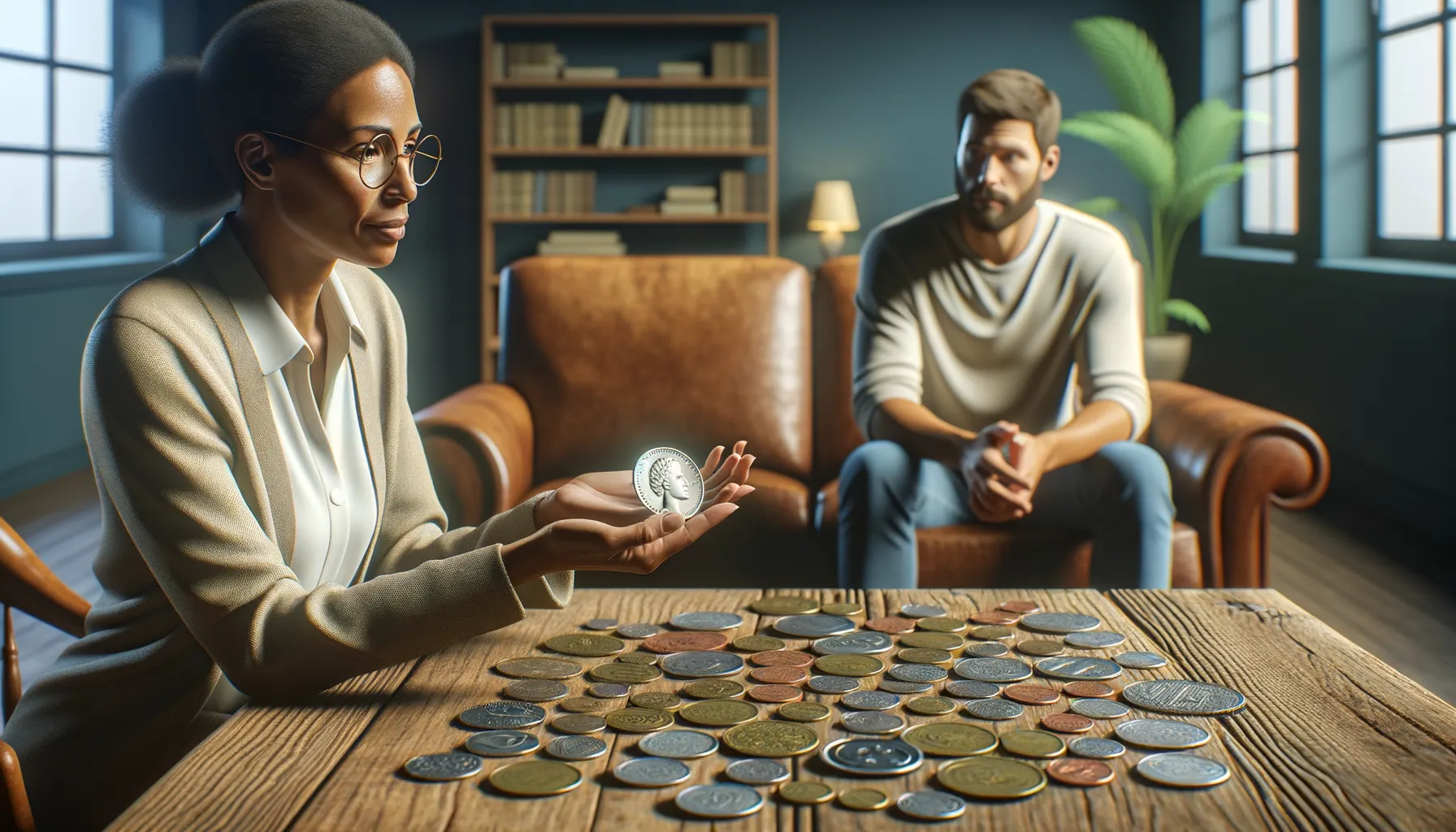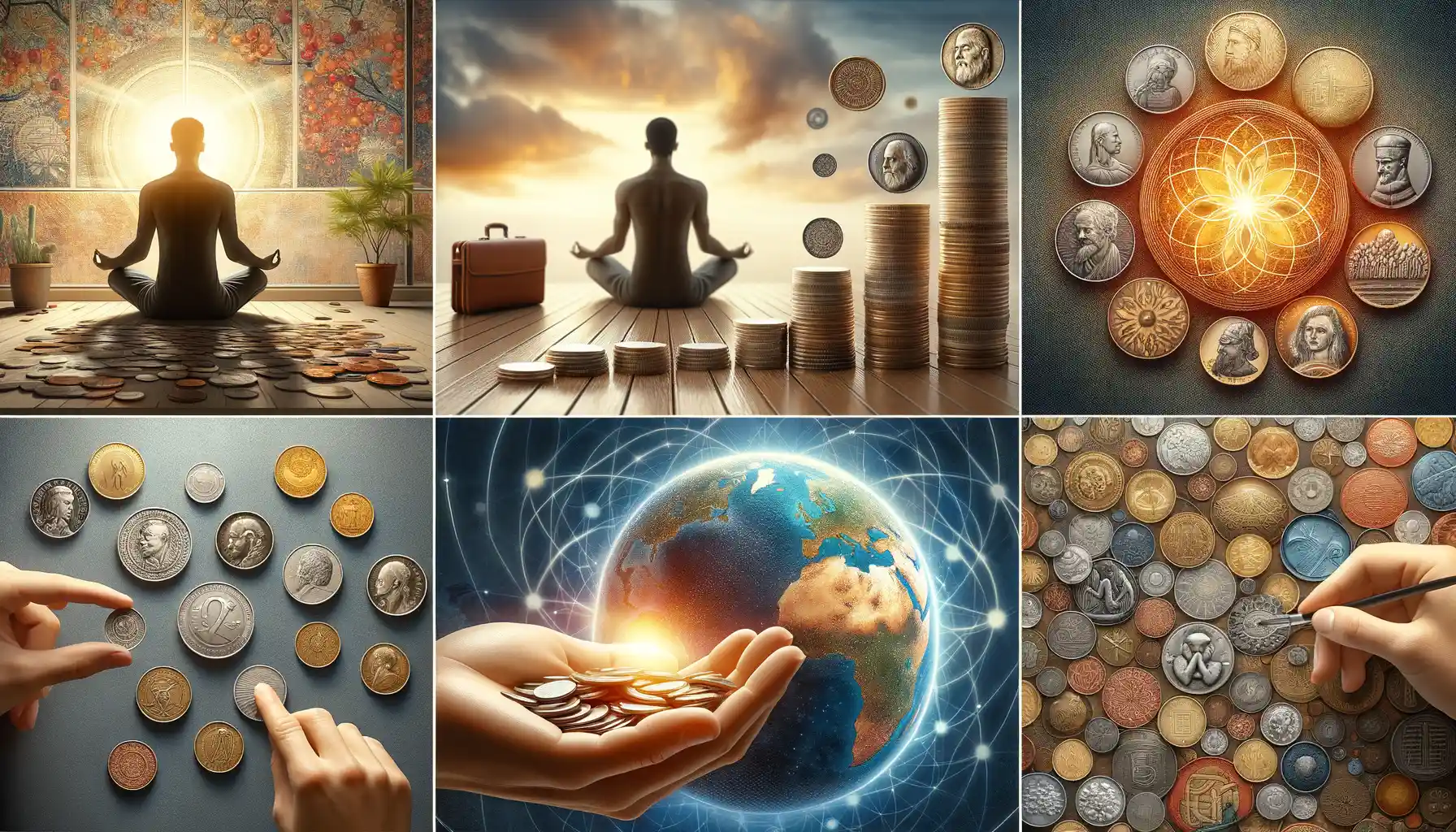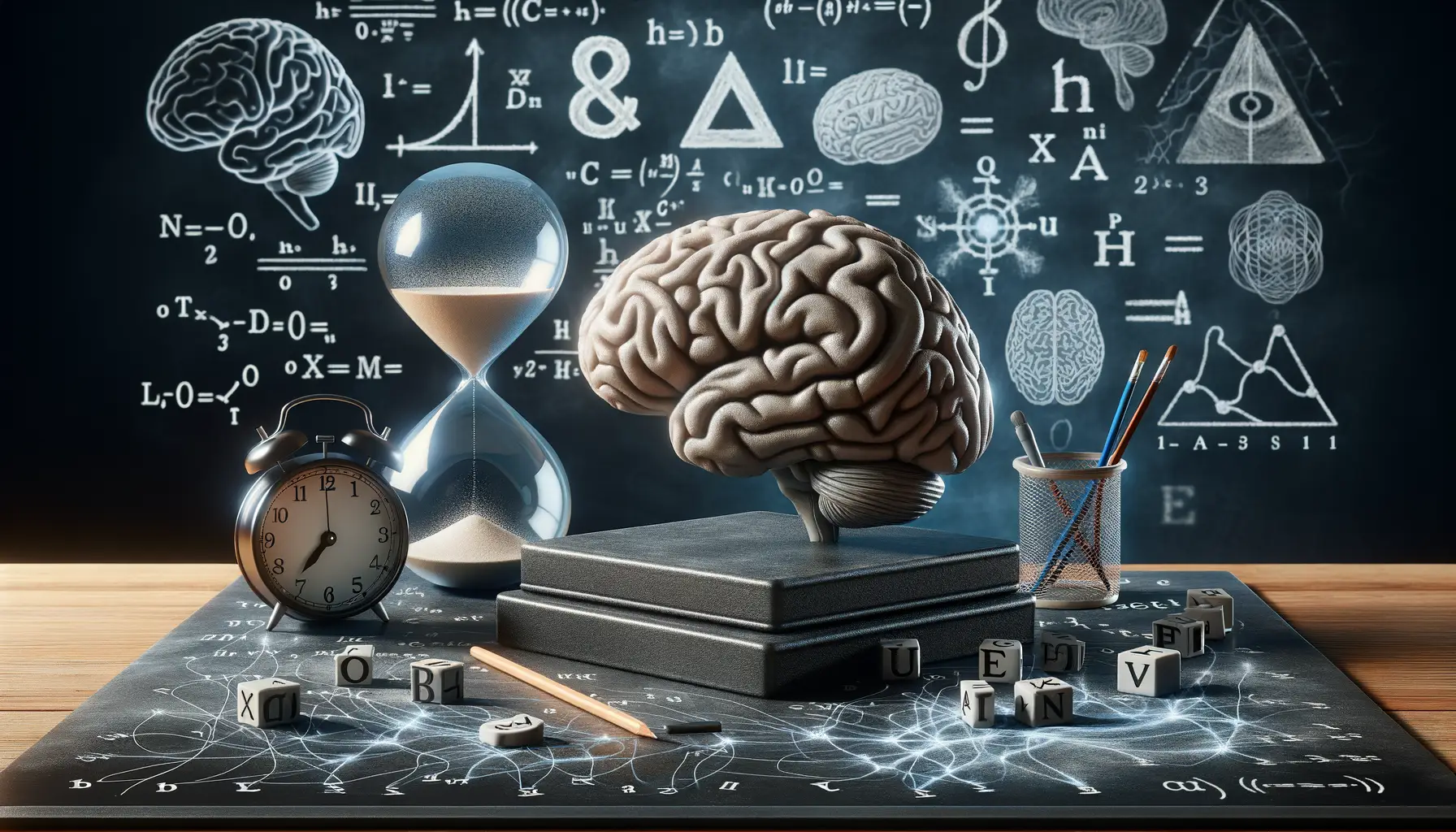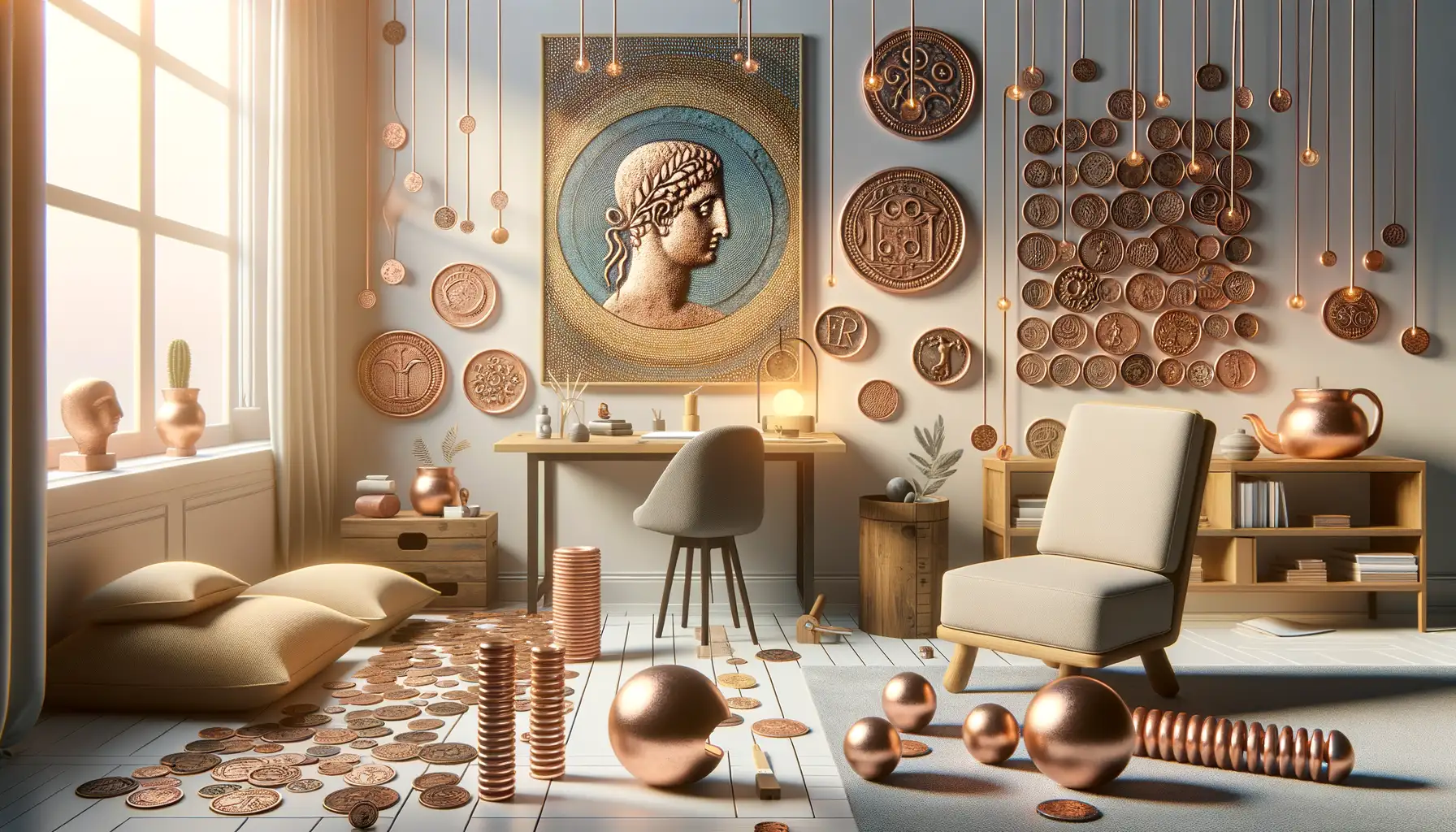Introduction to Coin Imagery and Its Psychological Impact
The Invisible Strings Between Coins and Emotions
Close your eyes for a moment and picture a coin—any coin. Do you see the soft gleam of silver? The intricate etchings along its face? Coins carry more than just monetary value; they’re storytellers in our pockets. They whisper of journeys, of hands they’ve passed through, of nations and eras long gone. But what’s truly fascinating is how such a small object can stir our emotions and unlock hidden layers of our psyche.
For centuries, coins have stirred feelings of luck, power, or even nostalgia. A coin found on the ground sparks joy and wonder: *“What are the odds? Was this meant for me?”* When we hold onto a lucky penny, it feels as though we’ve tethered our hopes to something tangible. It turns out, this connection isn’t just sentimental—it has roots deep within our psychology.
- Tokens of memory: Ever kept a coin from a vacation? That single piece becomes a bridge to another time, another place.
- Symbols of decision-making: The simple act of flipping a coin can soothe indecision by placing fate in its metallic hands.
Coins are more than currency—they’re mirrors reflecting our inner worlds, blending practicality with profound emotional weight.
The Symbolism of Coins in Therapy

Coins as Windows to the Soul
Imagine holding a coin—its cool surface resting against your palm, its weight grounding you in the here and now. In therapy, such an everyday object can become an extraordinary tool for introspection. Coins are often laden with symbolic meaning, representing value, choices, or even unspoken stories. Have you ever flipped a coin to make a decision? That simple action mirrors the internal tug-of-war we all experience. It’s not just about “heads or tails”; it’s about trust, hope, and surrendering control.
In therapeutic settings, coins help untangle life’s complexities. A patient might trace the ridges of an old penny while recounting childhood memories, or place two contrasting coins on the table to explore conflicting emotions. These small discs suddenly transform into mirrors of their inner world.
- A tarnished coin might symbolize unresolved pain.
- A shiny new quarter might reflect aspirations for a fresh start.
- Even the randomness of a coin toss can open doors to discussion about control versus fate.
Through these metaphors, coins become more than currency—they become catalysts for healing.
Case Studies Demonstrating Healing Through Coin Imagery

Transforming Trauma with the Weight of a Coin
Imagine holding a small coin in your hand—a token of something greater than its metal form. For one individual, let’s call her Sophia, this simple object became a lifeline. Struggling with the heavy burden of anxiety after a tumultuous breakup, Sophia’s therapist introduced her to a single copper penny. “Think of this as your emotional load,” the therapist said. By placing the coin on a scale daily, she visualized how her emotional weight shifted—lighter on some days, heavier on others. Over time, she began to release guilt, seeing the coin reflect a journey of balance rather than blame.
Moments of Transformation: Stories Forged in Metal
The power of coins isn’t just in their simplicity—it lies in their symbolism. Here are glimpses of how they’ve reshaped lives:
- Mark, coping with grief, engraved a quarter with initials of a lost loved one, turning it into a pocket-sized memorial.
- Elena, overwhelmed by work stress, created a “coin jar of limits,” dropping one in each time she said no, reclaiming her boundaries.
Each story reveals the quiet strength of a coin: unassuming yet deeply personal, anchoring emotions and inviting healing.
The Neuroscience Behind Symbolic Representations

How Symbols Speak to the Brain
The human brain adores symbols. They’re like shortcuts, compressing entire stories, emotions, and memories into compact images or objects. When you see a coin—whether it’s an old family heirloom or a shiny penny on the street—it often carries a weight beyond its material value. But why? It all lies in how your brain processes symbolic representations.
Neuroscience tells us that symbols bypass logic-heavy thinking and dive straight into the limbic system—our emotional processing center. This is why a simple token, like a coin, can spark feelings of nostalgia, hope, or even closure. It’s not just “a coin” to your brain; it’s a gateway to personal meaning.
- Mirror neurons: These allow us to connect emotionally with symbols through their implied action or meaning.
- The hippocampus: It associates the coin with specific memories, linking past experiences to the present.
- The amygdala: Floods us with emotion tied to the symbolism we assign to these objects.
Imagine holding a coin etched with a meaningful design during therapy. To your brain, it’s not just tactile; it becomes alive with memory, significance, and healing potential. That’s the power of symbols—they transform the abstract into the deeply personal.
The Role of Visualization in Symbolic Healing
Here’s an intriguing truth: your mind loves to imagine. When visualizing a coin in a therapeutic setting, your brain activates as if the coin were physically in your hand. Studies show that this process taps into neural pathways tied to creativity, problem-solving, and emotional resilience.
Think of it like this: visualization acts as a rehearsal for actual change in your life. Holding a mental image of a coin and assigning it meaning might help you process grief or set intentions. Even more fascinating? Your brain doesn’t distinguish much between visualization and reality. The result—your imagined coin can feel as profound as holding one made of metal.
So next time you picture a coin in therapy, just know your brain is lighting up, creating connections, and giving you the tools to rediscover parts of yourself. Isn’t that remarkable?
Incorporating Coin Imagery into Modern Therapeutic Practices

Sparking Emotional Connections Through Coin Symbols
In the chaos of life’s challenges, sometimes a simple, tangible object can become a lifeline. Imagine holding a coin—not just any coin, but one imbued with personal meaning. It could symbolize resilience, growth, or even forgiveness. Therapists are increasingly using these powerful symbols to foster emotional breakthroughs, grounding clients in moments of reflection.
Why coins? They’re small but substantial, universally familiar, and rich with symbolism—from two sides representing duality to their circular shape echoing the endless cycles we live through. In therapy, a coin might spark a story or unearth hidden emotions. It’s not just an object; it’s a bridge to deeper insights.
- A client holding onto a coin engraved with “strength” during anxiety spirals.
- Or flipping a coin to externalize a tough decision, letting chance illuminate internal desires.
Practical Tools for Today’s Healing Practices
Modern therapists are weaving coin imagery into body-focused techniques like grounding exercises—pressing a cold coin into the palm to reconnect to the present—or mindfulness work, where clients visualize dropping mental burdens like coins into a fountain. This blending of tradition and modernity showcases the resilient adaptability of symbolic objects like coins.
